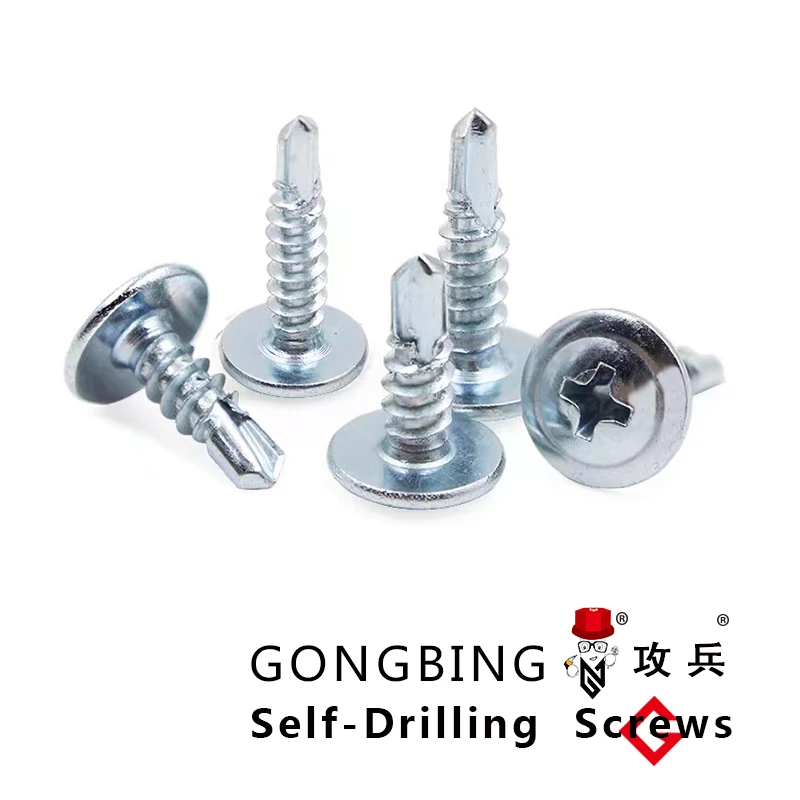self tapping allen head screws
Understanding Self-Tapping Allen Head Screws An Essential Component in Modern Mechanics
Self-tapping Allen head screws are vital fasteners widely used in various mechanical applications. Their unique design allows them to create their own hole in materials, making them incredibly versatile and efficient. As we delve into the features, advantages, applications, and installation methods of self-tapping Allen head screws, it becomes evident why they are preferred in many industries.
What are Self-Tapping Allen Head Screws?
Self-tapping screws are specially designed to create threads in materials such as metal, plastic, and wood without the need for a pre-drilled hole. The Allen head, characterized by a hexagonal recess, allows the screw to be driven into the material using an Allen wrench or hex key. This design provides a better grip and minimizes the risk of stripping, making it easier to achieve the necessary torque.
Advantages of Self-Tapping Allen Head Screws
One of the primary advantages of self-tapping Allen head screws is their ability to save time and effort during installation. Since they eliminate the need for pre-drilling, they reduce labor costs and increase efficiency, making them ideal for production lines and large-scale projects. Additionally, the Allen head design offers a greater surface area for grip, allowing for higher torque application without slippage.
Another benefit is their robustness. Self-tapping Allen head screws are typically made of high-strength materials such as stainless steel or carbon steel, which not only provide strength but also enhance resistance to corrosion. This makes them suitable for both indoor and outdoor use, even in challenging environments.
Applications of Self-Tapping Allen Head Screws
self tapping allen head screws

Self-tapping Allen head screws find applications in various industries, including automotive, aerospace, electronics, and construction. In the automotive sector, they are used to assemble engine components, body panels, and interior fittings. The aerospace industry finds these screws advantageous for assembling lightweight structures where weight and strength are crucial factors.
In electronics, self-tapping screws are often used to secure circuit boards and enclosures since they can create a strong hold while preventing damage to sensitive components. In construction, these screws are ideal for fastening metal sheets, wood, and drywall, playing a critical role in building integrity.
Installation Process
Installing self-tapping Allen head screws is straightforward. First, ensure that you have the right size screw for your application. Using a compatible Allen wrench, insert the screw into the material where you want to create the joint. Begin turning the wrench clockwise; the cutting threads on the screw will engage with the material, effectively creating a threaded hole as you drive the screw in.
It's important to avoid overtightening, which can lead to material deformation or stripping of the screw head. A consistent torque application, typically recommended by the screw manufacturer, will ensure a secure installation without compromising the integrity of the materials involved.
Conclusion
In summary, self-tapping Allen head screws are essential fasteners that contribute significantly to various mechanical applications. Their ability to simplify installation processes, along with their strength and versatility, makes them a preferred choice for professionals in many industries. As technology continues to advance, the design and materials used in these screws are likely to evolve, further enhancing their performance and reliability. Whether in a workshop, factory, or construction site, self-tapping Allen head screws will undoubtedly continue to be a pivotal component in modern mechanics.
-
Weatherproof Plastic Expansion Anchors for OutdoorAkụkọJun.06,2025
-
Sustainability in the Supply Chain: Eco-Friendly TEK Screws ProductionAkụkọJun.06,2025
-
Load-Bearing Capacity of External Insulation FixingsAkụkọJun.06,2025
-
Double Head Bolts: Enhancing Efficiency in Industrial MachineryAkụkọJun.06,2025
-
Corrosion Resistance in Chipboard Screws: Coatings for Wholesale DurabilityAkụkọJun.06,2025
-
Butterfly Toggle Bolts : Enhancing Structural ResilienceAkụkọJun.06,2025
